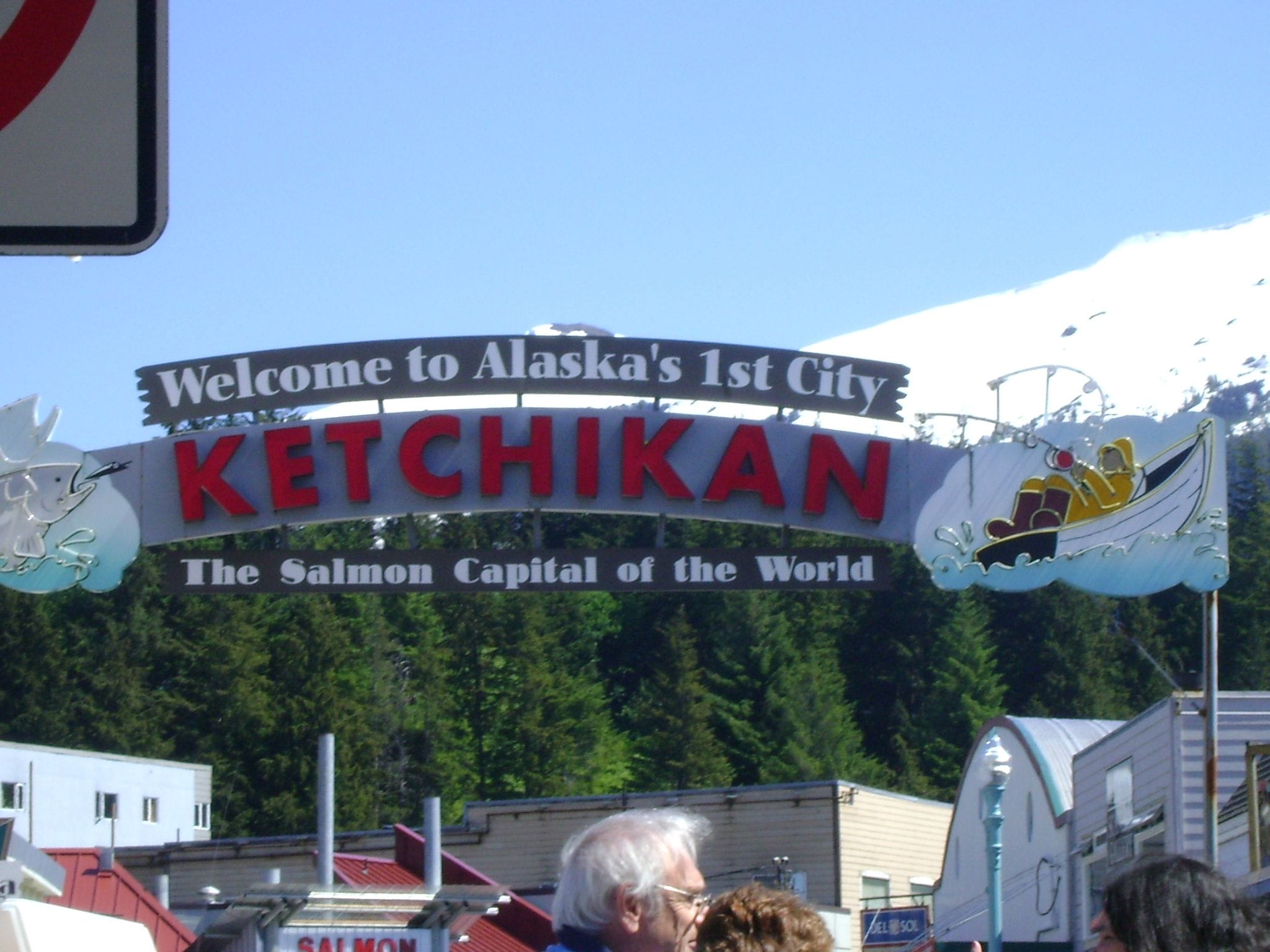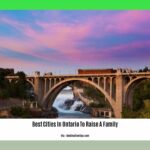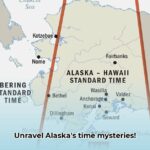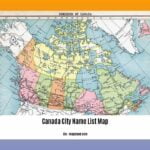Nestled amidst the breathtaking Inside Passage, Ketchikan, Alaska, stands as a testament to resilience and growth. While many Alaskan towns experience population decline, Ketchikan defies the odds with a modest but steady increase in residents. This article delves into the captivating world of Ketchikan’s population, exploring the trends, challenges, and future prospects of this unique Alaskan gem.
A Closer Look at Ketchikan’s Population
Ketchikan’s population has been slowly but steadily increasing, defying Alaskan trends and signaling a vibrant community. The 2020 Census documented 8,192 residents, a slight uptick from the 8,050 recorded in 2010. Data USA’s 2022 estimate suggests a slight dip to 8,170, while World Population Review projects a further decline to 8,049 by 2024. These conflicting projections highlight the complexities of predicting population trends and the need for further investigation into the methodologies and data sources used.
Who Calls Ketchikan Home?
With a median age of 37, Ketchikan boasts a youthful demographic that sets it apart from many other Alaskan towns. This youthful energy is likely a significant factor in the city’s overall population growth. Families and young professionals seeking opportunity are drawn to Ketchikan’s stunning natural beauty, strong sense of community, and thriving industries.
The Pulse of Ketchikan: Economy and Culture
Ketchikan’s economy thrives on the pillars of tourism and fishing. Tourists from around the globe flock to experience the city’s captivating indigenous culture, stunning landscapes, and incredible wildlife. The fishing industry, with salmon and halibut as its stars, provides essential jobs and anchors the local economy.
Speaking of culture, Ketchikan takes immense pride in its rich indigenous heritage. A significant portion of residents identify as Native American, their traditions and values deeply woven into the fabric of the city. This blend of cultural heritage and economic opportunity makes Ketchikan a truly unique and vibrant place to live.
Navigating the Challenges: A Balancing Act
Like any growing city, Ketchikan faces its share of challenges. The cost of living is higher than in many other parts of the US, with housing costs particularly impacted by the booming tourism industry. This disparity contributes to a poverty rate of 12.9%, notably higher than the national average. Addressing affordability while maintaining the delicate balance between economic growth and environmental sustainability is crucial for Ketchikan’s future.
Looking Ahead: Ketchikan’s Path Forward
Ketchikan’s future is brimming with possibilities. The city’s ability to adapt and innovate will be key to addressing its challenges and capitalizing on its strengths. Investing in affordable housing initiatives, diversifying its economy beyond tourism and fishing, and strengthening infrastructure to support a growing population are essential steps towards a thriving and sustainable future.
Is Ketchikan Right for You?
Ketchikan offers a unique lifestyle that appeals to those seeking adventure, a strong sense of community, and unparalleled access to natural beauty. However, the city’s remote location, higher cost of living, and dependence on tourism and fishing might give pause to those who prioritize affordability, job market diversity, or a bustling urban environment.
To get a better feel for other cities and their unique demographics and cultures, check out the population of Texarkana TX and the population of Wenatchee WA.
Unraveling the Mystery of Ketchikan’s Rainfall
Ketchikan is often referred to as the “Rain Capital of Alaska,” and for a good reason. With an average annual rainfall of 153 inches and precipitation on approximately 229 days each year, the city certainly experiences its fair share of wet weather. However, whether it truly holds the title of the “rainiest city” in the US is debatable, as there’s no official designation for this soggy crown.
While Ketchikan receives abundant rainfall, its neighbor, Yakutat, Alaska, presents a strong contender for the title. Some data suggests that Yakutat might experience even higher precipitation levels than Ketchikan. This lack of a definitive “rainiest city” adds an intriguing layer to Ketchikan’s identity and fuels ongoing discussions about rainfall patterns and records.
The Impact of Ketchikan’s Rainfall
Despite the frequent showers, Ketchikan’s rainfall is an integral part of its unique charm. The abundance of water nourishes the lush Tongass National Forest, providing a vital life source for the region’s diverse ecosystem. It’s this rainfall that contributes to the stunning scenery, vibrant wildlife, and overall ecological health that defines Ketchikan.
The city’s residents have adapted to the rain, embracing it as part of their daily lives. Outdoor activities are tailored to the weather, with opportunities for kayaking, fishing, and hiking amidst the rain-soaked beauty. Ketchikan’s rainfall is more than just a meteorological fact; it’s a defining characteristic that shapes the city’s identity, culture, and way of life.
Conclusion: Ketchikan’s Enduring Appeal
Ketchikan stands as a beacon of resilience and growth in the heart of Alaska. Its unique blend of indigenous culture, economic opportunity, and stunning natural beauty continues to attract new residents while captivating visitors from around the globe. As the city navigates the challenges of growth, sustainability, and affordability, its enduring spirit and strong sense of community will undoubtedly guide its path towards a bright future.
- SYBAU See You Baby Meaning: Gen Z Slang Evolves - July 1, 2025
- Unlock Your Inner Youth: Lifestyle Secrets for a Vibrant Life - July 1, 2025
- Decode SYBAU Meaning: Gen Z Slang Explained - July 1, 2025






